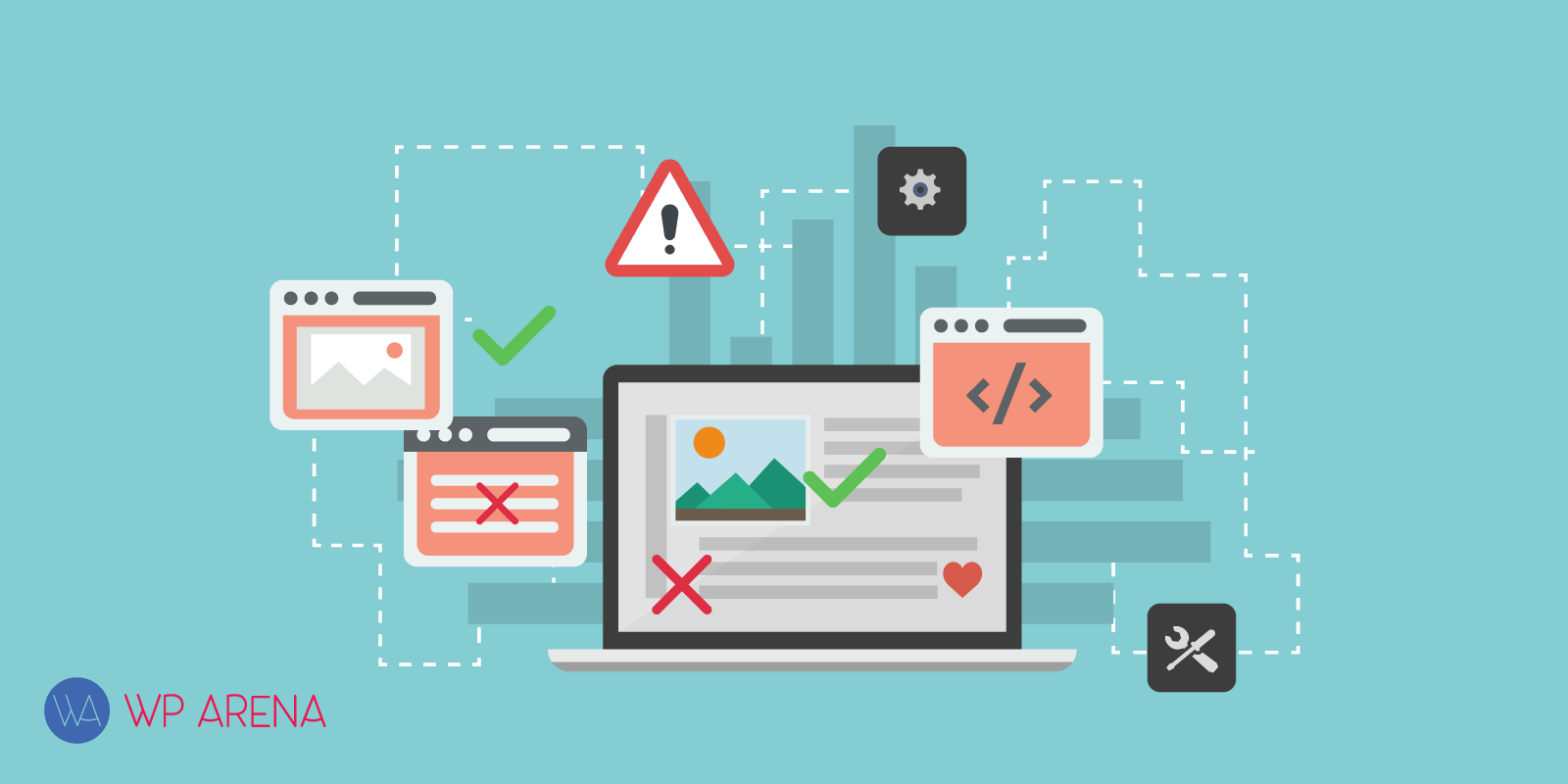Working as a designer is quite a challenging task. A person must not only be qualified but also always be is a good mood and have enough creativity to make the web design impeccable. However, some experts still make a few mistakes while developing a site or an app. What are they? Read further to be aware of and avoid them in your projects.
10 Most Common Web Design Mistakes to Avoid:
1. Slow-loading websites
According to the statistics, the majority of people do not want to wait for more than 5 seconds for the site to load. If it is slow, the majority will just close it looking for faster variants. This will have negative impact on the bounce rate and your business, in general. This often happens because of unexperienced developers or designers. If the webpage is overloaded with different pictures, amination, and videos, it may be too heavy. While working on-site creation always keep in mind that simplicity, as well as minimalism, is the key to successful web design.
If you have this issue but want to get rid of it, use the following tools that will determine the time within which your webpage is fully loaded:
2. Video over Text
Yes, your site must be interactive and involving to make people stay on it as long as possible to access the information you intend to share, to buy your products (like hand-made jewelry or home-baked sweets) or services, etc. But if there are tons of different videos and no text to appeal to the users, it is useless in the majority of cases. You still have to reach your audience with actually written text.
3. Non-responsive websites
It is excellent if your site works perfectly when you open it on a computer. But you should never forget about mobile users. Nowadays, almost everyone uses his or her mobile phone to access the Internet. Therefore, you should always pay attention to how your webpage opens on mobile phones. Whether it loads or some parts cannot be opened or particular links are unclickable, etc. Mind that a lot of researches has shown that people access the Internet more often with the help of their mobile devices rather than laptops or computers.
4. No or not enough header tags
The next mistake to avoid is to ignore the use of headings. Mind that they must be organized within different layers according to their purpose. They make users’ experience on your site positive and successful. Why? Because it is simpler to navigate through your webpage, access the data easier and scan the content faster. Those elements positively influence people’s perception.
5. No contact information
It is clear that your site is there to serve a particular purpose. It doesn’t matter if you raise money for charity, share your thoughts and emotions in your blog or want to sell something, in any case, you need to get feedback. This is why it is essential to place contact info and make them be easily found. Also, try to provide different sources with the help of which visitors can keep in touch with you. For example, mention your phone number and e-mail or add a link to your social media accounts.
6. Color and contrast
Be careful about this one. If the site is visually unattractive, 99% of visitors will leave it in a matter of seconds. Do not use too bright colors in significant parts of webpages. For example, it is a huge mistake to combine bright red and yellow colors. Or to make the text grey while the background is black. If you feel that you may face the difficulties with color combinations or you had problems with contrast, read the book “A Simple Web Developer’s Color Guide” by Laura Elizabeth to clear quite a few things out.
7. Disorganization of content
If the site has a lot of text, no one will read it. Users are lazy in today’s world. They want to get information as fast as possible without making much effort. So everything is to be organized in such a way so that the user doesn’t even notice the bulk of information he or she comes across. How can it be made, especially if there is so much data to share? The answer is quite simple – use tables, pie charts, presentations. Provide lists with bullet points. There are a lot of techniques to reduce the number of words providing the same useful info.
8. Lack of call-to-action
Again this is about the purpose. Each site has its own aim, as was mentioned above. You must always make sure that it calls the users to action. For example, if it is an online shop, make sure there are eye-catching pictures, the descriptions of beneficial features of your product, positive customers’ feedbacks and the very BUY NOW button.
9. Weak SEO
In order for your site to be on the first page of such search engines as Google, Bing, Yahoo, etc., you must use different SEO tools. For example, keywords can move your site higher as people type them and access your webpage enhancing the numbers in traffic statistics. Moreover, the updated information can also multiply the number of visitors, so you can hire a freelance writer and to create and run a blog that will be connected to the field of your site.
10. The links do not work
This mistake is often made before launching the site due to the lack of time. However, it must be thoroughly assessed and avoided. If there are links that do not work, a user will automatically think of your service as a scam or just as not that reliable source that will not provide credible service or quality product. This will lead to the visitors leaving your site.
All in all, there are many more mistakes to be avoided while developing a site. However, the ones described above must be paid attention to very thoroughly as people tend to make them more often. So reread the list and note what is to be thought of while completing the site next time.






Poor alignment and button overlaps can also disinterest the user and downgrades the user experience. Thanks for another resourceful blog Muhammad. Keep writing.